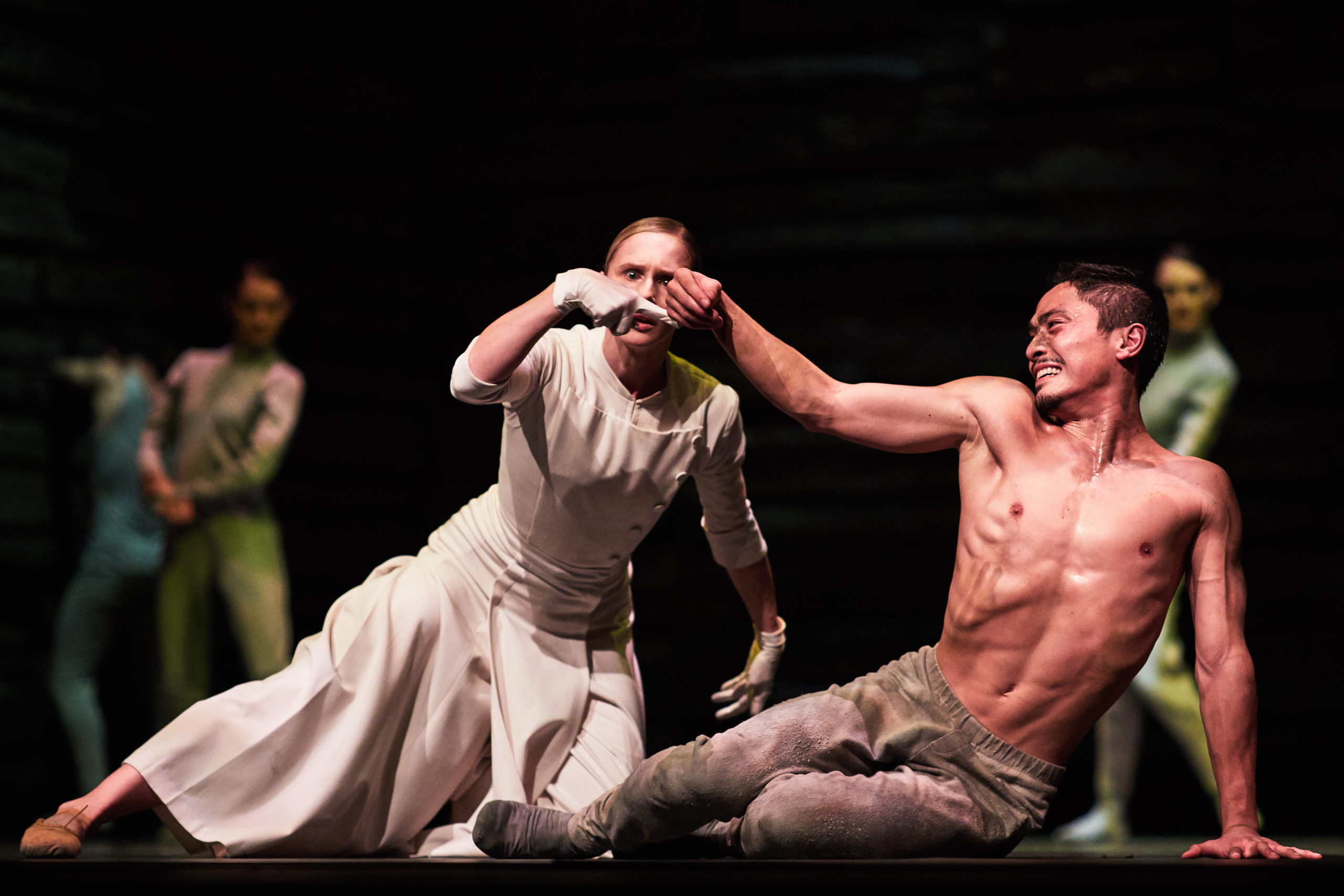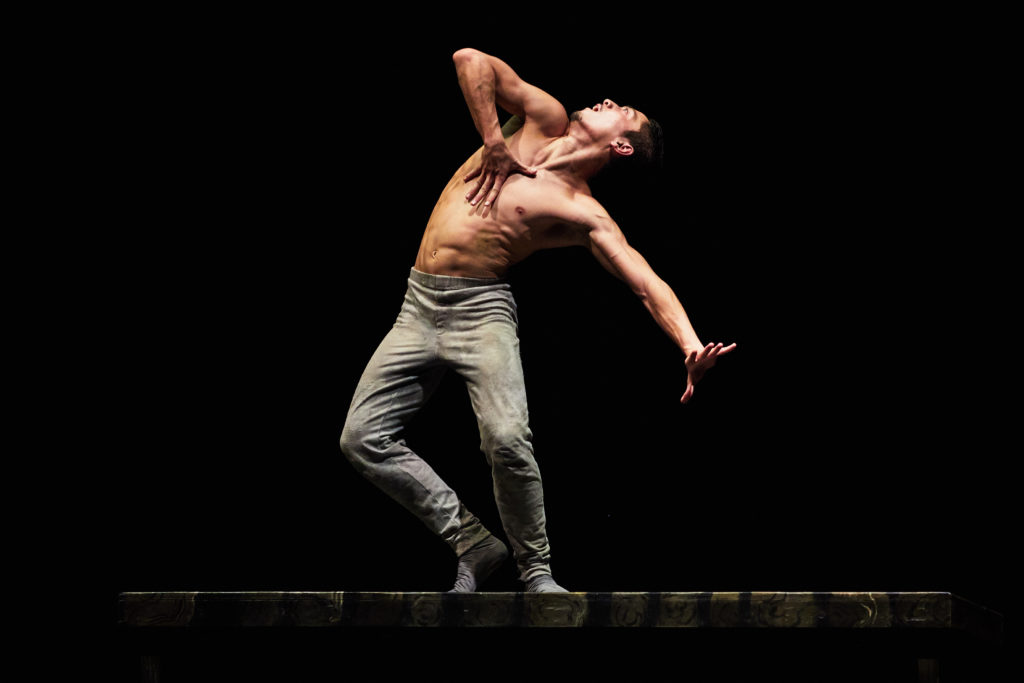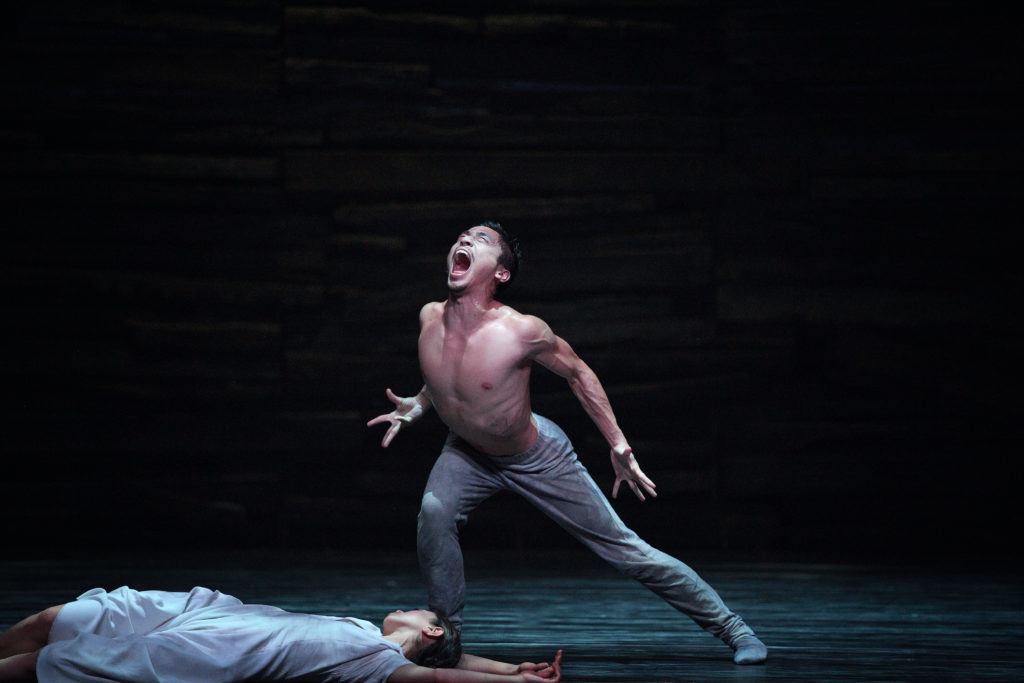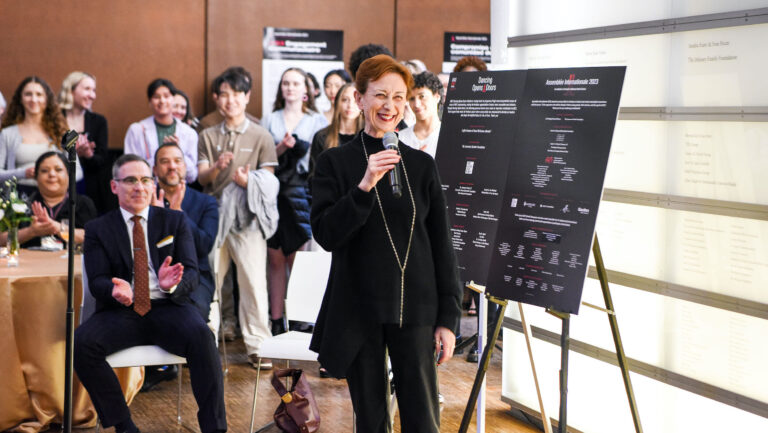
Jeffrey Cirio has proven to be one of today’s most dynamic and versatile artists. Whether portraying Prince Siegfried in Swan Lake, or in works by William Forsythe and Akram Khan, there seems to be no limit to the breadth and depth of this English National Ballet lead principal. He also continues to be a rising choreographer, creating work for ENB’s Emerging Dancer competition, Boston Ballet, Joffrey Academy and Studio Company, and Cirio Collective, the troupe he runs during the off season with his sister, Boston Ballet principal Lia Cirio.
Now, fans in the U.S. get to experience Cirio’s virtuosity with the highly anticipated Chicago premiere of Akram Khan’s Creature at the Harris Theater February 24–26. Cirio chatted with Dance Teacher via Zoom from London about the upcoming performances, how teachers can cultivate versatility in young dancers, and the value of stepping outside one’s boundaries.
You finally got to debut in Creature last year after the premiere was delayed due to the pandemic. How does it feel to reprise the role for the U.S. audience?
Creature has been two years in the making due to the pandemic. I think I started doing research and development with Akram in November 2019. It was probably one of the most satisfying feelings finally premiering it. I think anyone who was part of the production would say that it’s a hard, but very rewarding, piece of work. I, personally, am also excited to perform at the Harris Theater because my family hasn’t been able to see Creature yet. So many friends and colleagues of mine are also planning to see it.
You are such a versatile artist because you switch between classical and contemporary repertoire so well. What advice do you have for teachers on helping students master that versatility early on in their dance training?
I think young dancers can be so dedicated to a specific style like ballet that they don’t think about how much dedication they need to have to neoclassical or contemporary dance, as well—which is also happening in companies nowadays. I think versatility-wise, having students explore other styles, like hip hop or jazz, and taking classes in different mediums of dance, is so important. There is so much structure in ballet and I feel sometimes you need to break those boundaries and learn how to do things like isolations or contractions. Ballet obviously doesn’t teach that, so it makes sense to incorporate other styles.

Who have been your most influential teachers?
For me, they’ve all been choreographers. Jorma Elo, from Boston Ballet, has been a big influence on my dancing. I’ve been watching Lia in Jorma’s pieces and it has really broadened my eyes to classically contemporary pieces. I also have a hip-hop teacher and friend, Brian Scott Bagley, who was a student with me at Central Pennsylvania Youth Ballet. In hip hop, there’s a lot of improvisation and freestyling, and Brian really taught me a lot of those fundamentals. All those aspects of my hip-hop hobby (at the time) have translated into my ballet career.
What inspired you down the choreographic path and how do you manage to develop your choreography skills while also being at the peak of your performing career?
It’s been difficult, especially since I’ve been concentrating on my own career these past four years at ENB, but that’s why we do Cirio Collective—because it gives me, Lia and other creatives a chance to come together. It’s also been rewarding in the sense that I’ve been able to meet and work with new dancers and get a sense of how other people move. That has been really eye-opening for me. I’ve been making a massive number of connections with dancers and choreographers, which has been a plus since that might later translate into choreographic projects or other possibilities.

Do you have any advice for how dance teachers can help their students overcome shyness or anxiety, especially if they are faced with a role that’s outside their comfort zone? Your role in Creature, for example, is very different from the typical classical pieces most students are used to dancing.
Helping your students knock down their ego walls and step outside their boundaries is not a bad thing. I think it really builds character. Being a younger dancer, and maybe not as experienced, the encouragement I have is: “Just try it. Who cares what you look like?” I’d tell young dancers to just step over that boundary, try it and do your best. Step out of thinking “I’m not good enough.” No one is going to judge you, and if they do, that’s not the person you want to work for. I think most people just want to see you do your best.
When you are teaching contemporary class or choreographing, is there any go-to combination you like to do or any technique you like to focus on?
I don’t have a particular routine or exercise. The one thing I do like to do is improvisation. It teaches you about your body and what your limits are. Improvisation is also a big component of my teaching. Again, it all comes down to stepping over that boundary, assessing how you feel and acknowledging how much you’re progressing.




